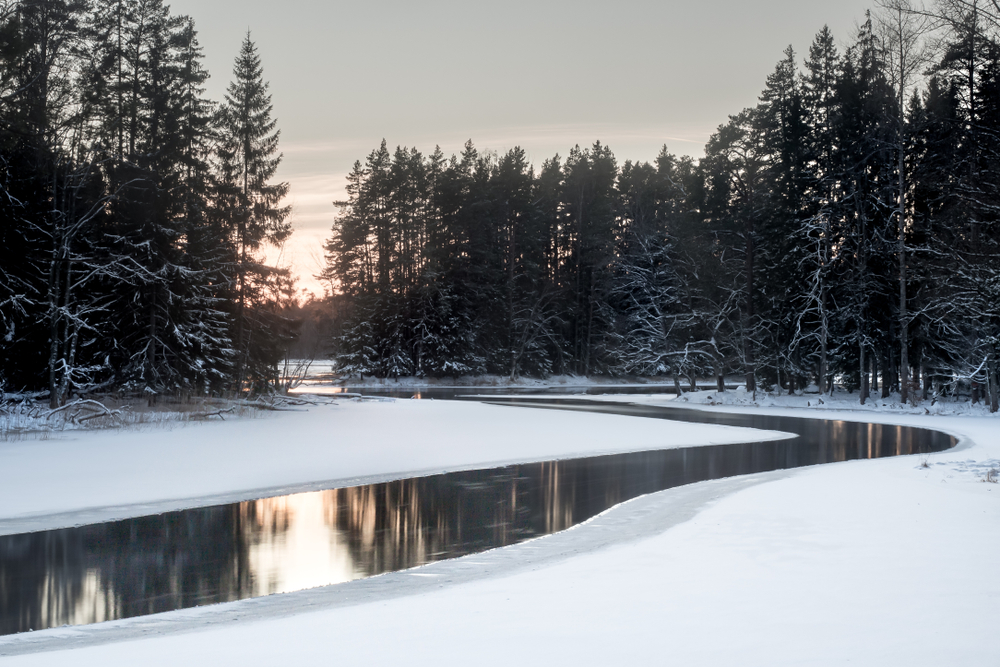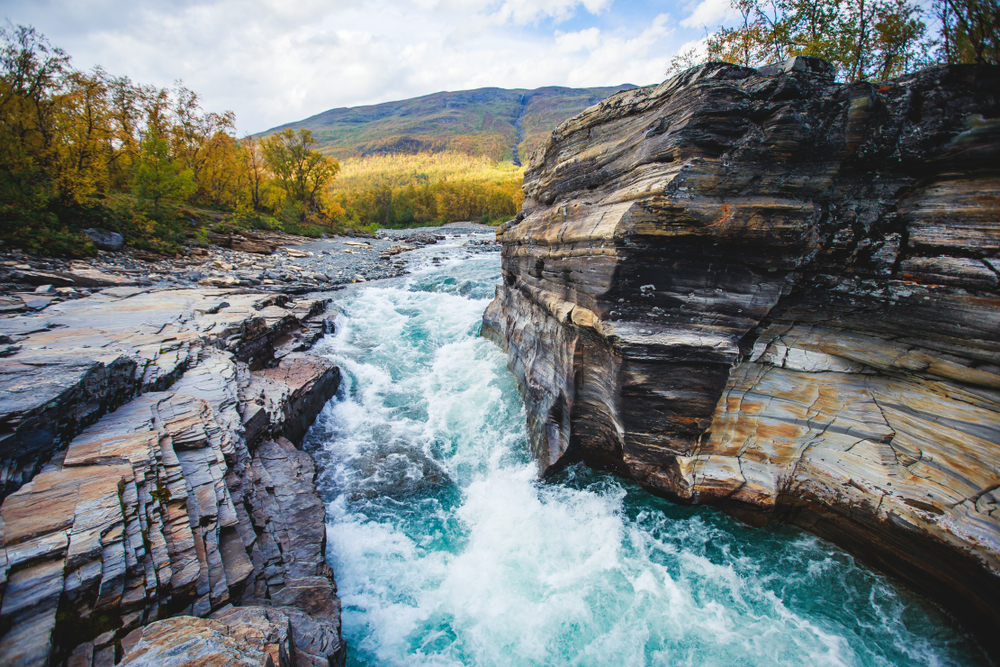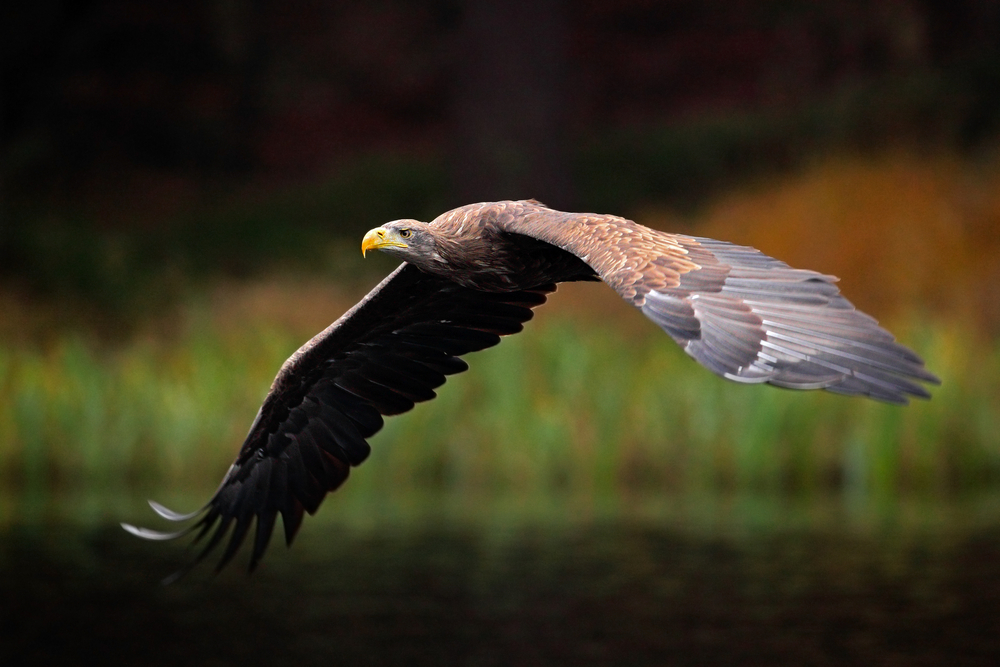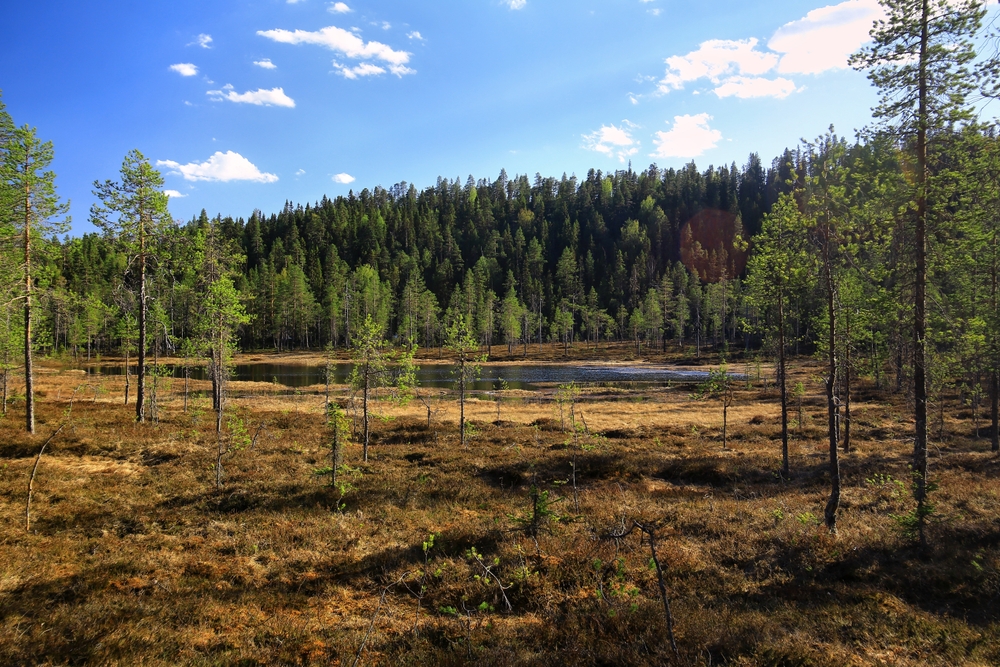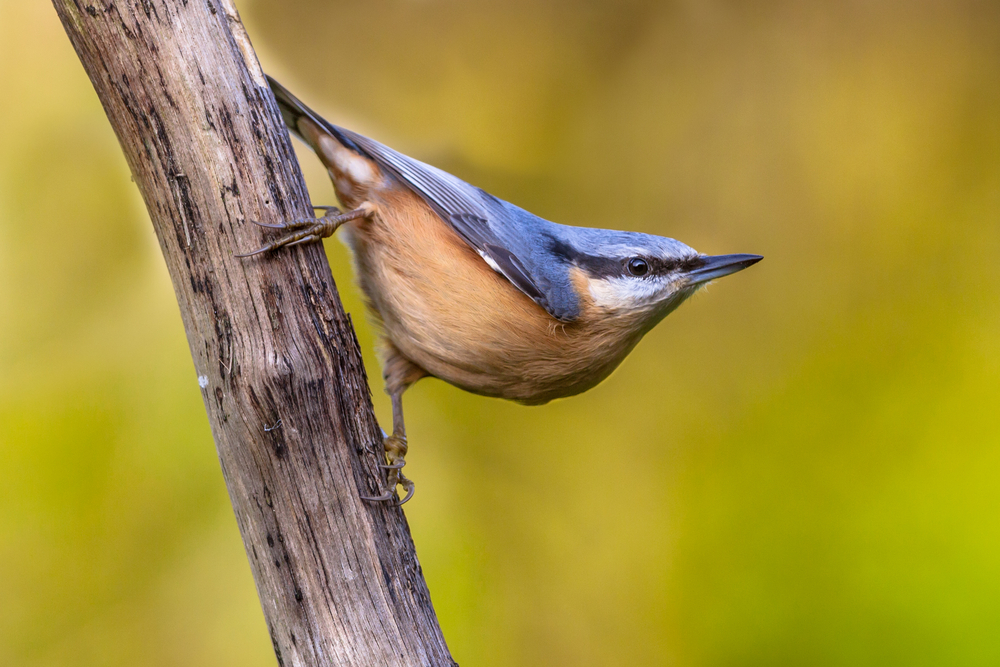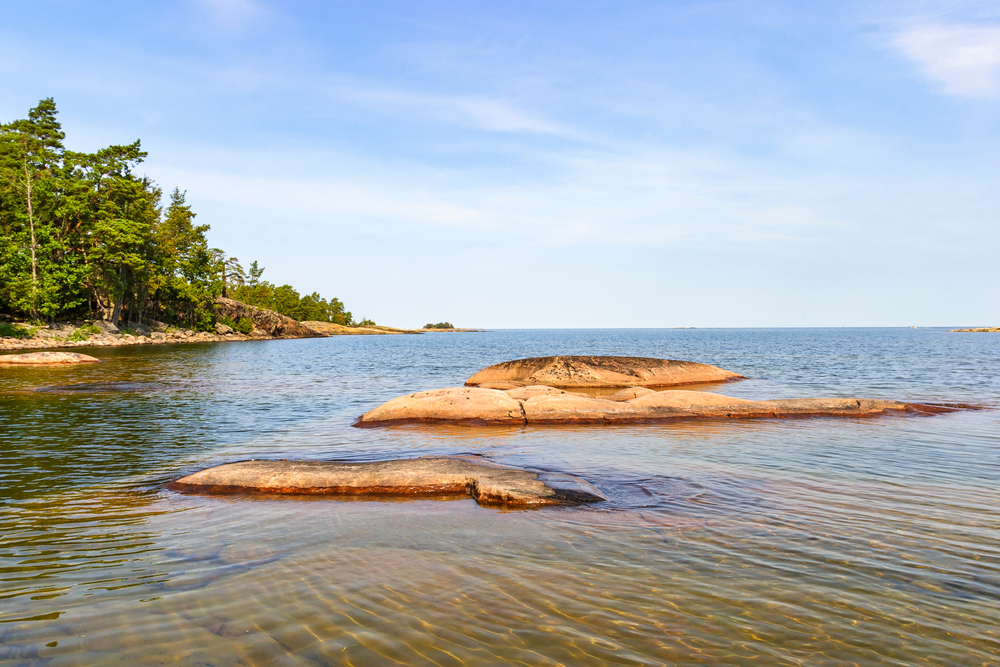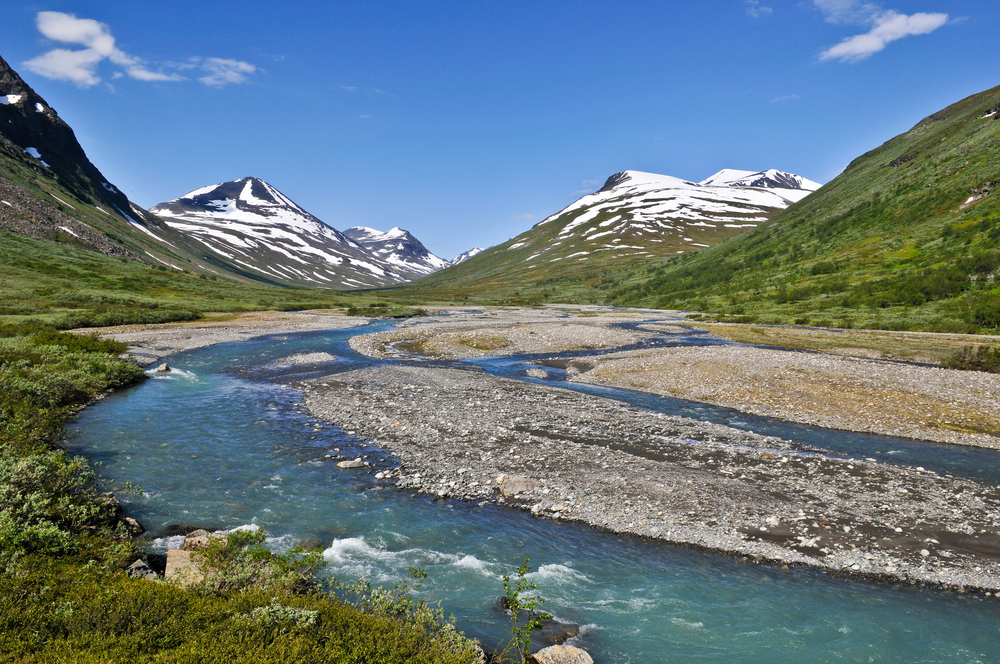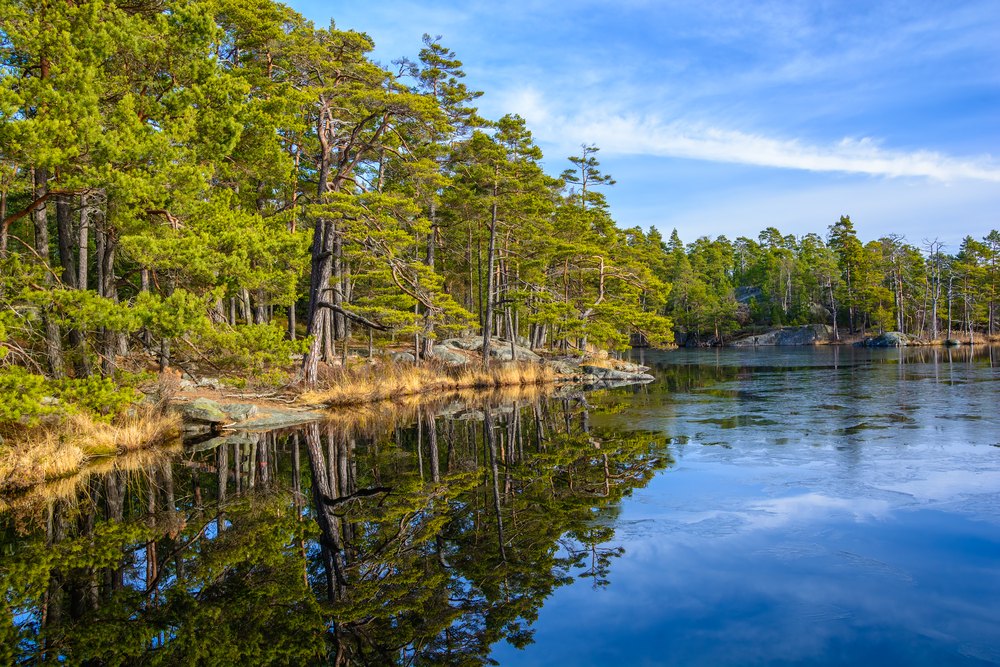Färnebofjärden Overview
Färnebofjärden National Park in Sweden. Färnebofjärden National Park, or Färnebofjärdens nationalpark in Swedish, spans 100 square kilometers (39 square miles) and is located in central Sweden, straddling the counties of Uppsala, Gävleborg, Västmanland, and Dalarna.
The park is centered around the lower Dalälven River, where the river forms an expansive lake system with shifting landscapes of wetlands, forests, and floodplains. These diverse habitats make the park an important site for wildlife and bird conservation.
The terrain of Färnebofjärden National Park is shaped by the dynamic waters of the Dalälven River, which meanders through the park, creating a mosaic of islands, bays, and inlets. This results in a landscape that transitions between dense boreal forests, open meadows, and large areas of swamp and marshland.
Towering pine forests dominate the higher ground, while lush, leafy forests of birch, alder, and aspen thrive closer to the riverbanks. The park is also famous for its seasonally flooded forests, a rare natural phenomenon in Sweden, which creates an ever-changing environment depending on the time of year.
Some notable geographic features include the broad lake-like sections of the Dalälven, the extensive wetlands that support birdlife, and dramatic rapids such as Gysinge Rapids, which contrast with the otherwise tranquil waterways.
Färnebofjärden National Park is a haven for wildlife, particularly bird species, making it one of the premier birdwatching locations in Sweden. Over 200 bird species have been recorded here, including the rare white-tailed eagle, osprey, black-throated diver, and the striking western capercaillie.
The park is also home to mammals such as moose, lynx, red fox, and roe deer, which roam the forests, while beavers can often be spotted working along the riverbanks. The wetland areas support thriving populations of frogs, toads, and dragonflies, adding to the biodiversity of the region. The mix of aquatic and forested habitats creates a rich ecosystem where species interact in a delicate balance.
One of the most popular attractions in Färnebofjärden National Park is the opportunity to explore the vast network of waterways by canoe or kayak. Paddling through the slow-moving river channels allows visitors to immerse themselves in the peaceful surroundings while getting close to the park’s birdlife. For those who prefer to stay on land, numerous hiking trails wind through the forests and wetlands, offering spectacular views of the water and diverse landscapes.
The observation tower at Skekarsbo provides a panoramic view of the park, making it a favorite among visitors. Fishing is another popular activity, with the Dalälven River being home to species such as pike, perch, and zander. During the winter months, the park transforms into a wonderland for cross-country skiing and snowshoeing, providing a completely different experience of its beauty.
Conservation efforts in Färnebofjärden National Park focus on preserving the unique floodplain ecosystem and its rich biodiversity. The park’s management works to maintain the natural water flow of the Dalälven River, which is essential for sustaining the wetland habitats that support so many bird species.
Challenges include managing the impact of climate change, which can affect seasonal flooding patterns and disrupt the delicate balance of the ecosystem. Human activities such as fishing and tourism are carefully regulated to minimize disturbance to wildlife, ensuring that the park remains a sanctuary for nature.
Over the years, conservation efforts have successfully maintained the park’s diverse habitats, making it an important refuge for both common and rare species.








































































